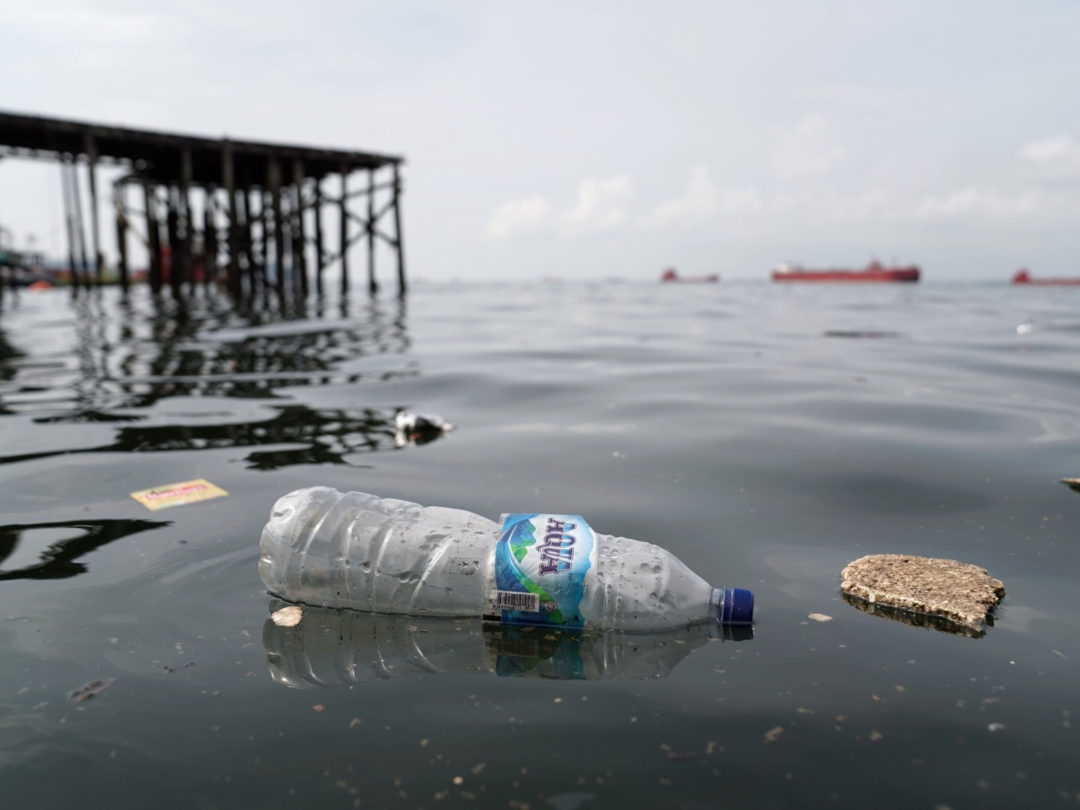
Four Ways to Transform Recycled Waste Into Commodities Gold
The economic disruptions of COVID-19 have caused many restaurants and retail businesses to look for ways to cut costs and find new revenue streams. But many businesses don’t realize that up to 40% of their trash — from post-consumer plastics such as hangers and water bottles, to metals, fibers, and even food grease — can be diverted from landfill to generate income.
There’s no denying that prices for recyclable commodities have dropped since China pulled out of the market in 2018. However, as more domestic manufacturers invest in the equipment and facilities needed to salvage waste, the market is beginning to rebound. While prices may never reach the highs of previous years, the forecast for 2021-2023 is promising, meaning that now is a great time for your business to initiate a recycling program.
There are many excellent reasons to recycle your waste. Reselling waste as commodities can certainly generate income, but it can also dramatically reduce costs associated with waste disposal. Moreover, selling recyclable commodities can help you to comply with state regulations and local ordinances limiting the amount of trash you send to landfill. Of course, salvaging recyclable commodities can also do wonders for a business’s reputation with consumers. In a survey conducted by Futerra, 88% of respondents said they want brands to help them be more environmentally friendly and ethical in their daily lives.
If recent economic turmoil has you looking for creative ways to balance your budget, here are four suggestions to make the most of your waste management, and get maximum value from recyclable commodities.
Give your trash a closer look with regular waste audits. One of the best ways to identify recyclable commodities is to conduct regular waste audits. A thorough audit evaluates your waste stream from the moment inventory enters your business until it’s dropped off for disposal. In a waste audit, a qualified team examines the loads from your compactor as they’re dumped out at the local landfill or mixed-use recycling facility (MRF). The team goes through everything in the compactor, separating your waste into categories: corrugated cardboard, post-industrial and post-consumer plastics, glass, and so forth. From there, the team calculates how much is municipal solid waste (MSW) and how much is recyclable commodities. It then identifies potential places to sell the commodities, and puts together a waste-management plan.
Reverse-engineer your waste stream to maximize volume and value. Recyclable commodities are usually generated and identified in two places, at the store level and at distribution centers. Some businesses keep things in-house at the store level when managing their recyclable waste, while others prefer to leave everything to their D.C. Although D.C.s see a higher volume of waste, both points in the supply chain play an important role when identifying recyclable commodities.
Retracing waste from D.C.s back to individual stores is one way to drive additional revenue. Recently, one large nationwide retailer realized that recycling programs at individual stores weren’t maximizing value from their recyclable commodities. It sought help in performing a reverse-logistics analysis of its waste stream. The task involved auditing waste at each individual store, identifying what was going in the compacter, then consolidating the waste from each store at the D.C. to increase the overall volume of commodities sold to buyers. Because buyers pay more for commodities sold in bulk, the retailer was able to increase the value of its waste and generate more revenue.
Make sure the price is right for your scrap commodities. Many businesses have long-standing relationships with waste-management vendors. However, relying exclusively on vendors to find the best price for recyclable commodities isn’t always the best practice. Even the most well-meaning companies can get complacent, and don’t always pass along pricing changes to their customers. As a result, many businesses aren’t aware of market changes that can dramatically impact the value of their recyclable commodities. To generate the most income from your scrap commodities, research pricing when contracts with your waste-services vendors come up for renewal. Publications such as like RISI Fastmarkets publish pricing for different paper grades, both domestically and internationally; Fastmarkets also tracks pricing for various grades of metal in a separate publication. Unfortunately, there is no equivalent publication for plastics, which can make it challenging to obtain information on pricing in the secondary market. The publications that do exist are subscription-based and can be very expensive.
Bring in the professionals. One way to ensure you get the most bang for your buck is to engage a third party with expertise in waste management. Businesses often struggle to identify which waste products have value as commodities. A qualified vendor can help you conduct a waste audit and identify valuable commodities, prepare a waste-management plan, find buyers for your commodities, and train your staff in proper waste recycling so that nothing lucrative slips through the cracks.
As new technology arises, a lot of trash that was once destined for the landfill can be salvaged as recyclable commodities. However, it can be challenging to keep up with a constantly shifting marketplace and the latest technological developments. Partnering with a knowledgeable vendor, conducting a thorough waste audit, researching commodities pricing, and evaluating your supply chain are four ways you can transform your trash into commodities gold.
A.J. Dilenno is senior director of procurement at RWS Facility Services.
